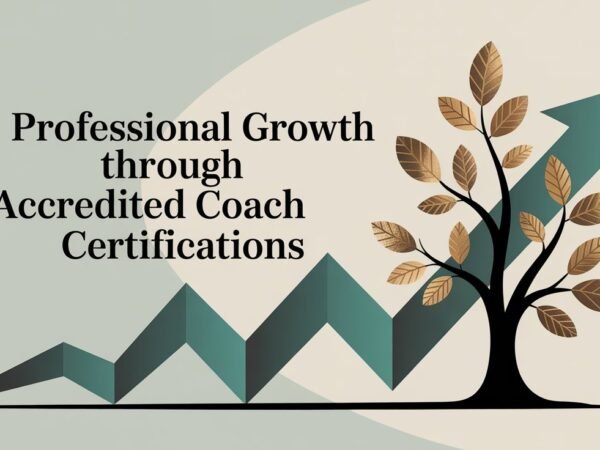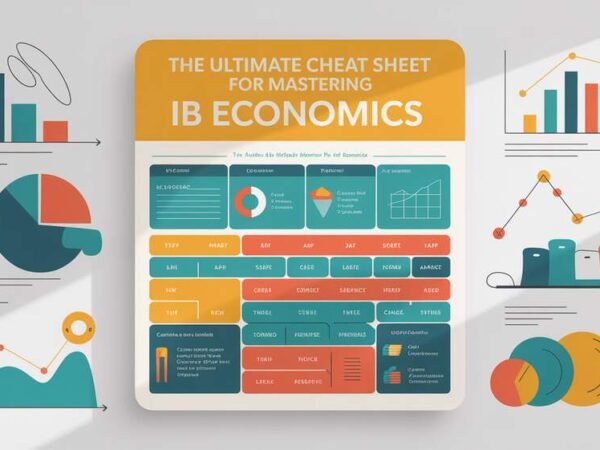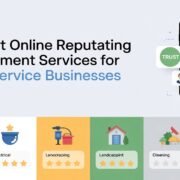Higher education is at a crossroads. Many students and parents question its value, once seen as the pinnacle of professional preparation and lifelong success. Rising tuition costs, a shift in career paths, and the evolving job market have prompted many to ask whether college is worth it. Fortunately, FACTS Management and many other advanced software are helping institutions streamline tuition payments, financial aid, and enrollment processes, making higher education more accessible and demonstrating its evolving value in a competitive world. This blog explores how technology is being leveraged to bridge the gap between the skepticism surrounding higher education and the tangible benefits it provides.
The Current Perception of Higher Education
The landscape of higher education is changing. Over the past decade, college enrollment rates have plateaued and, in some cases, even declined. According to National Center for Education Statistics data, only 62% of high school graduates enrolled in college in 2022, compared to over 70% in 2009. Why the drop?
Factors Behind the Decline
Tuition Costs
Rising tuition fees are a significant deterrent for many families. Over the past 20 years, tuition costs have increased by over 130%, leaving students with mounting debt and uncertain career prospects.
Alternative Career Pathways
Vocational training, coding boot camps, and entrepreneurship are now viable routes to success, offering specialized skills without the hefty degree price tag.
Evolving Job Market
A rapidly changing job market has made some traditional degrees feel irrelevant. Many students think that higher education doesn’t always align with the skills employers seek today.
This skepticism forces higher education institutions to rethink their strategies. To thrive in this new environment, they need to highlight the value they can offer, and technology is proving to be a key.
Technological Interventions in Higher Education
Technology is revolutionizing higher education, transforming how students learn, engage, and succeed. Innovative tools are helping institutions bridge the gap between perceived value and tangible outcomes.
Online Learning Platforms
The rise of platforms like Coursera, edX, and Khan Academy has made higher education more accessible. Universities are integrating these tools into their curriculums to offer hybrid or fully online courses, enabling students worldwide to enroll in programs at their convenience.
Virtual and Augmented Reality (VR/AR)
Imagine studying ancient ruins in Greece from your classroom or safely simulating complex medical procedures before entering a hospital. VR and AR bring immersive learning experiences to life, offering students hands-on learning opportunities in a controlled environment.
AI-Driven Personalized Learning
Artificial intelligence (AI) is tailoring education to individual student needs. Platforms like Carnegie Learning analyze a student’s progress and adapt the course material dynamically, ensuring they grasp concepts at their own pace.
These innovations shift higher education from a one-size-fits-all approach to an adaptable and engaging learning experience.
Bridging the Gap: Demonstrating Value Through Technology
Institutions must showcase tangible outcomes to convince students and parents of higher education’s worth. Success stories from universities leading the charge in technological adoption are potent examples.
Case Study 1: Increasing Graduation Rates
Arizona State University partnered with an AI-based platform to identify at-risk students early. Analyzing academic and behavioral patterns, the system alerted counselors to intervene, improving graduation rates by 14%.
Case Study 2: Enhancing Employability
Northeastern University integrates co-op programs into its curriculums, allowing students to gain real-world experience with top-tier companies. Using AI, they now match students with internships that align with their career goals, boosting post-graduation employability.
Case Study 3: Improving Student Satisfaction
The University of Central Florida implemented an online portal consolidating academic resources, mentoring opportunities, and virtual support. The platform has led to an 85% satisfaction rate among students.
Colleges can demonstrate the real-world value of a degree by leveraging technology to deliver outcomes that matter: higher graduation rates, job-ready skills, and, ultimately, career success.
The Role of Personalization in Rethinking Education
Personalized learning has become a fundamental pillar of practical education. Students today expect more than generic content; they want tailored experiences that align with their unique goals and interests.
Adapting to Individual Learning Styles
AI-powered platforms like Salesforce Education Cloud create personalized learning paths by analyzing data points such as academic performance and extracurricular interests. This customized approach keeps learners engaged and ensures their education feels relevant.
Connecting the Dots
Students often crave a clear connection between their education and career aspirations. Platforms like LinkedIn Learning enable learners to take courses based on specific job skills while aligning with academic curriculums.
Personalization enhances the learning experience and solidifies education’s role as a stepping stone to future success.
Fostering a Dialogue: Engaging Stakeholders
Changing the narrative around higher education requires open communication with all stakeholders, including students, parents, educators, and the larger community.
Addressing Concerns Directly
Hold forums, webinars, or Q&A sessions to address the common concerns of students and parents. Transparency about tuition, financial aid, and post-graduation career support fosters trust.
Showcasing Technology’s Role
Demonstrate how your institution uses technology to improve the quality of education. Highlight real-life stories of students who have thrived through these innovations.
Collaborating with Industry
Partnerships with industry leaders provide students access to internships, guest lectures, and mentorship opportunities. Initiatives like programs offering a free laptop with EBT bridge the digital divide and empower students to engage with their education and fully prepare for workforce demands.
Building trust through dialogue is crucial in reshaping how higher education is perceived.
Looking Ahead: Reimagining Higher Education with Technology
Technology has the power to reinvigorate the perception of higher education. Addressing the key pain points of cost, accessibility, and relevance can position colleges and universities as invaluable institutions for personal and professional growth. For this to happen, educators, parents, and students need to acknowledge the evolving role of technology in education. Schools must continue to innovate, students must stay open to new ways of learning, and parents must recognize the long-term benefits of these advancements.
Do Read: Breaking Down Complex Electrical Concepts for Exam Success













